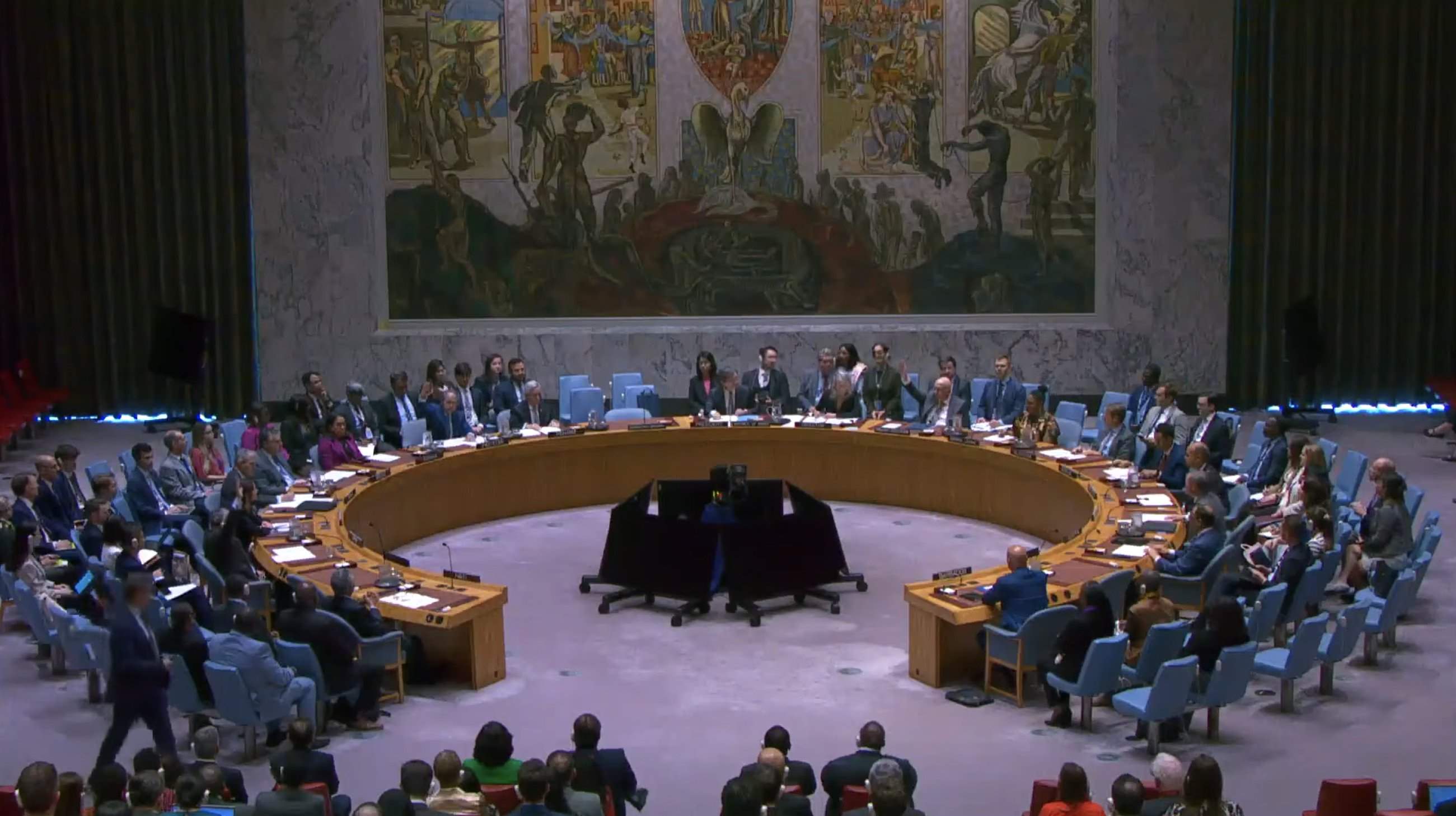Kenyan shilling tops regional and continental peers with 9.6pc gain in a year

The Kenyan shilling gaining streak against the greenback began sometime in February this year, after a period of tumbling since early 2020. It hit a record low of 160 in January 2024.
Weighed against the global benchmark the US dollar, the Kenyan Shilling has remained the best-performing currency in the region, posting the only value gain year-to-date compared to its peers.
The local currency outperformed its peers both in the East African Community (EAC) and the entire continent at large, recording a value gain of 9.6 per cent in a year to August 8.
The Central Bank of Kenya priced the local currency at 129.41 on Thursday, down from 143.13 at the same period last year.
The Kenyan shilling gaining streak against the greenback began sometime in February this year, after a period of tumbling since early 2020. It hit a record low of 160 in January 2024.
However, the gain streak since February is attributable to the partial buyout of the inaugural $2 billion Eurobond that was taking a toll on the country's fiscal environment.
In the EAC region, the Ugandan Shilling, Tanzanian Shilling, and Rwandan Franc all fell against the dollar during the period under study.
Of the three, the Rwandan Franc weakened the most, with a year-to-date value shed of 11.8 per cent, to exchange at an average of 1,321.89 against the dollar as of August 8.
In comparison to the same period last year, the Rwandan currency exchanged at an average rate of 1,181.89.
Tanzanian Shilling saw the second-largest value drop, falling 10.7 per cent to 2,675 compared to 2,417 last year.
Rwandan Shilling weakened by three per cent as of August 8 this year, to exchange at 3,729. It exchanged against the dollar at 3,619 in the same period last year.
Compared to the continental peers; Nigeria, Ethiopia, Ghana and Egypt, the Kenyan Shilling still emerges as the best performer in the review period.
The Naira weakened the most, losing about 104 per cent of its value against the global benchmark.
The tumble is mainly attributed to the move by the Central Bank of Nigeria to devalue the currency for the second time in 2024.
Naira's value loss is also pegged on the country's new forex rules, elevated inflationary pressures and the tight liquidity of foreign currency.
At the end of the review period, the Naira was exchanging at about 1,500 against the dollar, compared to the 780 last year.
Similarly, the Egyptian pound weakened the second most, following a currency devaluation by the Central Bank of Egypt, allowing the pound to weaken by 59.5 per cent year-to-date.
In addition, the apex bank in Egypt increased interest rates to all-time highs of 27.35 per cent in March, a move that hit Egypt's pound to a record low.
The steps were meant to facilitate an agreement with the International Monetary Fund, which was expected to confirm the extension of its Sh3.9 trillion ($3 billion) financial support package for the country.
The Egyptian pound was trading at roughly 31 against the dollar as of August 8 last year, but as of the same time this year, the Central Bank of Egypt quoted it at 49.28.
On the other side, the Ghanaian Cedi has fallen by about 37 per cent throughout the review period, trading at 15.06 as of August 8.
This comes on top of a foreign currency shortage, with additional uncertainty concerning Ghana's debt restructuring with external creditors following its $30 billion default on sovereign bonds a year ago.
Notably, the Ethiopian Birr, which was floated against the external market last week, prompted an extended loss of about 30 per cent in a single day.
This rating of the shilling as the top-performing shilling in Africa follows a similar rating by the World Bank in April this year.
The global lender noted that the local currency emerged as the best performer in the subcontinent, as it recorded an appreciation of 16 per cent (January-April) after strengthening by 14 per cent by mid-February.
Despite the Kenyan Shilling's performance so far, the currency remains prone to global shocks and shifts in market sentiments.
Top Stories Today















































